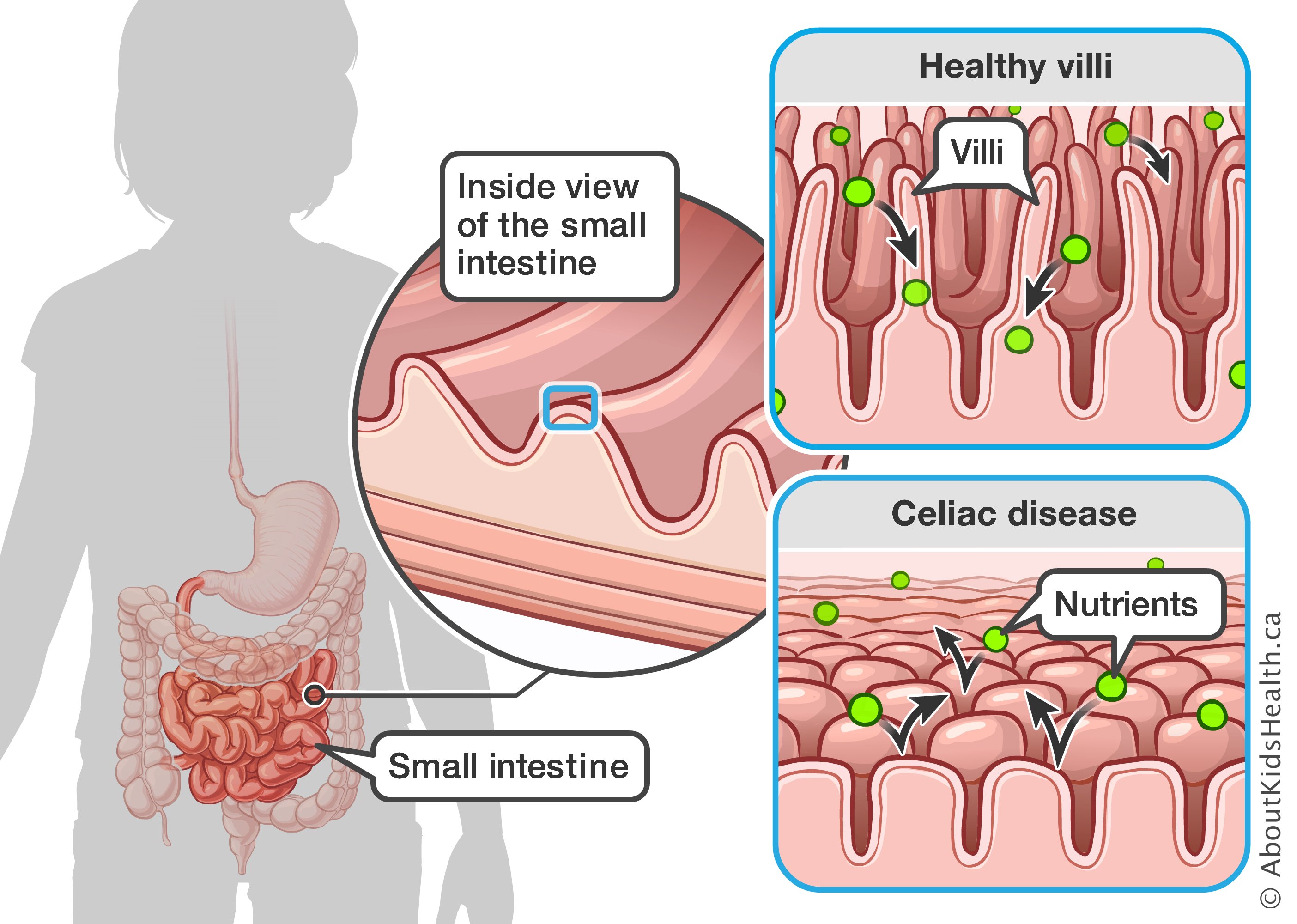Some gluten-containing foods like wheat pasta, breads and baked goods are easy to spot as sources of gluten, but other gluten sources might be more difficult to recognize. Here are 10 places gluten can hide and what to do to keep yourself healthy.
1. Surfaces
Kitchen counters, lunch tables, desks, cutting boards, placemats and other surfaces can come in contact with gluten-containing foods and become a source of gluten cross-contact. Wash these surfaces with soap and warm water before using them to prepare or eat your gluten-free foods.
2. Lip products
Some lip balms and lip sticks contain gluten. These can be a risk to you if you have celiac disease as you may accidentally ingest the lip products (for example, by licking your lips). Although exposure may be minimal, it is better to be safe and choose lip products that do not contain gluten.
3. Gaming systems
If you enjoy playing video games at your friends' houses, be mindful of potential gluten cross-contact with handheld controllers or keyboards, especially if your friends eat snacks while playing video games. If possible, give the controller or keyboard a quick wipe down with a damp, soapy cloth, avoid touching your mouth or nose while playing video games, and wash your hands with soap and warm water immediately after playing to reduce your risk of gluten cross-contact.
4. Medications and supplements
Although not common, prescriptions and over-the-counter medications and supplements (e.g., vitamins, minerals, protein powder, etc.) may contain gluten ingredients. It is important to always read the ingredients list on medications and supplements to check for gluten ingredients (e.g., some contain wheat starch). If you are not sure if a medication or supplement is gluten-free, ask your pharmacist.
5. Bulk bins
Bulk bins pose a risk for gluten cross-contact as scoops or utensils may be shared between gluten-free and gluten-containing bins. Avoid bulk bins and purchase pre-packaged items that do not contain a source of gluten in the ingredient list or that are clearly labelled as gluten-free.
6. Delis and deli slicers
Delis can be a risk for gluten cross-contact, especially if gluten-containing foods, like sandwiches, are prepared using the same surfaces and utensils (e.g., knives). Deli slicers can also pose a risk of gluten cross-contact when they are not thoroughly cleaned between uses. Choose gluten-free, pre-packaged deli meats and cheeses to avoid gluten cross-contact.
7. Grills
It is a common misconception that gluten can be "burnt off" if treated to high temperatures. To prevent gluten cross-contact when using a grill, designate the top rack as the "gluten-free" rack (if your grill has a top rack) and use tin foil to create a barrier between your gluten-free food and grill. You may also want to have designated gluten-free grilling utensils like tongs, grill brushes, meat basters, brushes, knives and scissors to further reduce your risk of gluten cross-contact. If you will be enjoying a cook-out at a family's or friend's house, bring your own gluten-free foods and tinfoil so that you can safely prepare your food.
8. Craft supplies
Playdough, modelling clay, salt dough, paper mâché and certain paints and glues can sometimes contain gluten from ingredients like wheat flour. Read the ingredients list of craft supplies to confirm that they are gluten-free, just like you do with packaged foods. If you find that you accidentally used gluten-containing craft supplies, avoid touching your mouth or nose, and wash your hands with soap and warm water. Also clean any surfaces that may have come in contact with these products with soap and water.
9. Seasoning mixes, salad dressing and sauces
Seasoning mixes, salad dressings and sauces can sometimes be made with gluten-containing ingredients like wheat flour, soy sauce or malt vinegar. Read the ingredients list to check for wheat, barley, rye and other gluten-containing ingredients. Products that list "seasonings" or "spices (mixed)" as an ingredient can also contain gluten—these seasonings or spices may have added gluten ingredients, like wheat starch. These ingredients are questionable, and the products should be avoided unless they are certified gluten-free and clearly labelled with a gluten-free symbol. Another way to check if the ingredient is gluten-free is by contacting the manufacturer to ask whether the "seasonings" or "spices (mixed)" contain any source of gluten.
10. "Gluten-friendly" menu items from restaurants
"Gluten-friendly" menu items from restaurants like pizza and pasta dishes may not always mean "gluten-free". It is important that you always ask your server how the gluten-friendly food is prepared and if it may come in contact with gluten-containing food or ingredients. For example, if a gluten-friendly pizza is prepared on the same surfaces as gluten-containing pizzas, it is no longer gluten-free or safe for you to eat.

